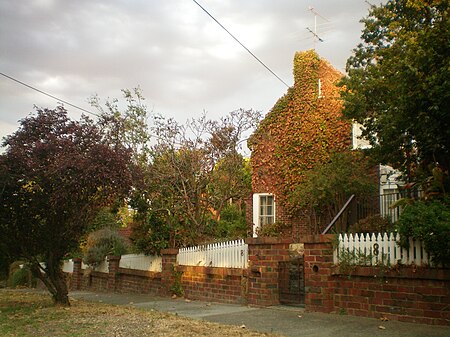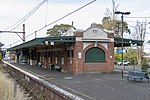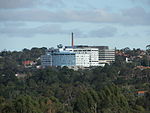Eaglemont, Victoria

Eaglemont is an established suburb of Melbourne, Victoria, Australia, 10 km north-east of Melbourne's Central Business District, located within the City of Banyule local government area. Eaglemont recorded a population of 3,960 at the 2021 census.Formerly known as Mount Eagle, Eaglemont is a picturesque enclave situated between Ivanhoe East and Heidelberg. The heritage-laden garden suburb was designed by Walter Burley Griffin, playing home to many of Australia's most famous artists at the Heidelberg School of Art. Walking distance to first class private schools, the Yarra River, parks, walking trails, shopping centers and a public golf course, the median house prices in Eaglemont remain amongst the highest in Melbourne, with the market for properties notoriously tough to break and few properties up for sale.
Excerpt from the Wikipedia article Eaglemont, Victoria (License: CC BY-SA 3.0, Authors, Images).Eaglemont, Victoria
Devon Street, Melbourne Eaglemont
Geographical coordinates (GPS) Address Nearby Places Show on map
Geographical coordinates (GPS)
| Latitude | Longitude |
|---|---|
| N -37.763 ° | E 145.066 ° |
Address
Devon Street
Devon Street
3079 Melbourne, Eaglemont
Victoria, Australia
Open on Google Maps




